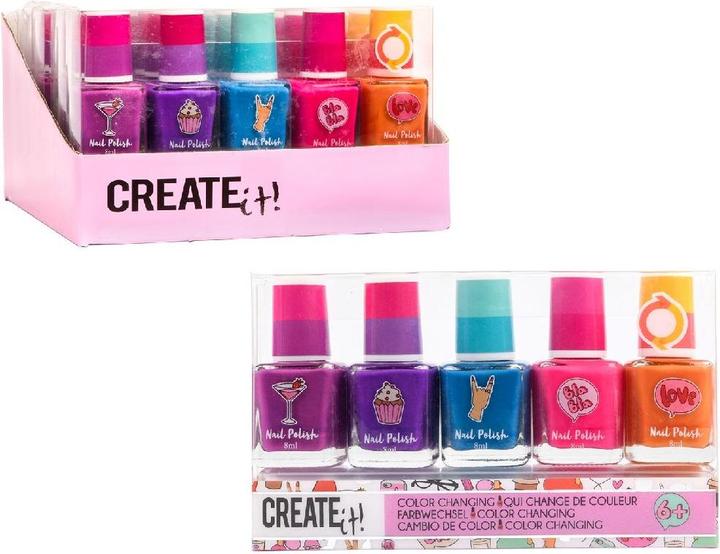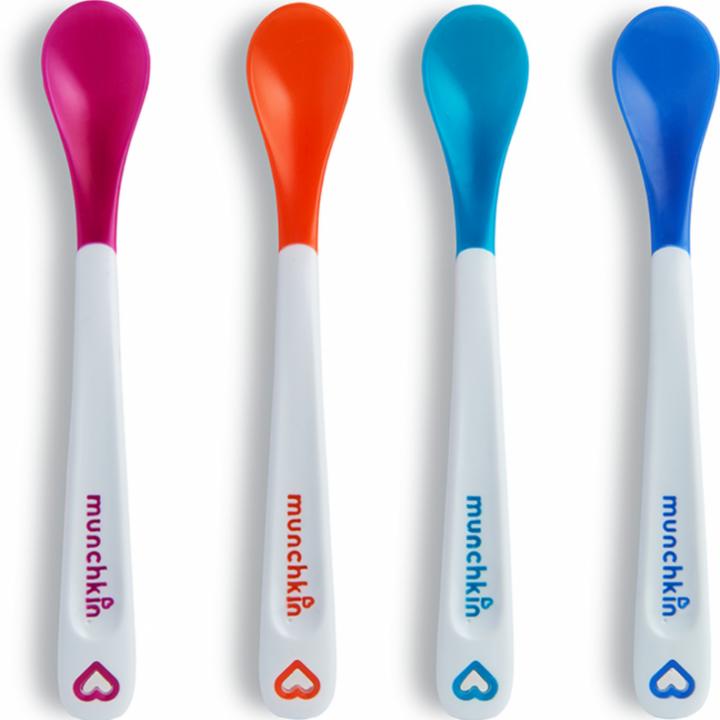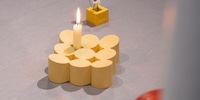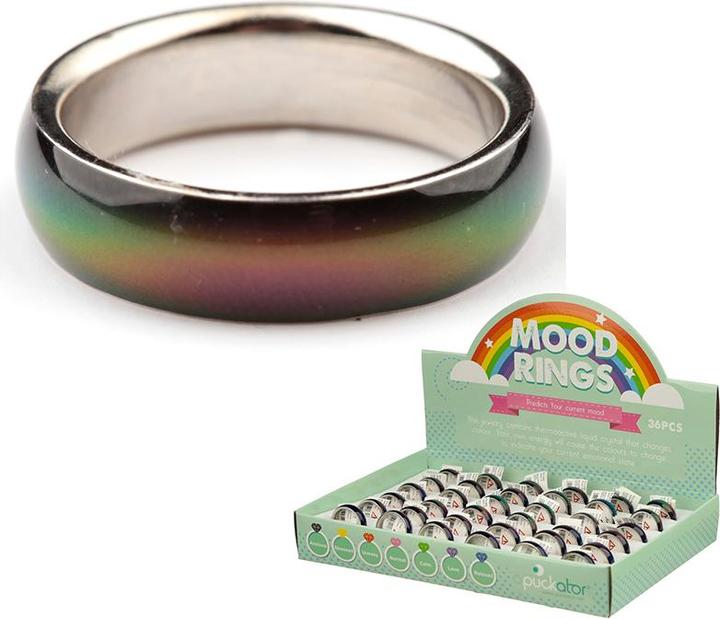
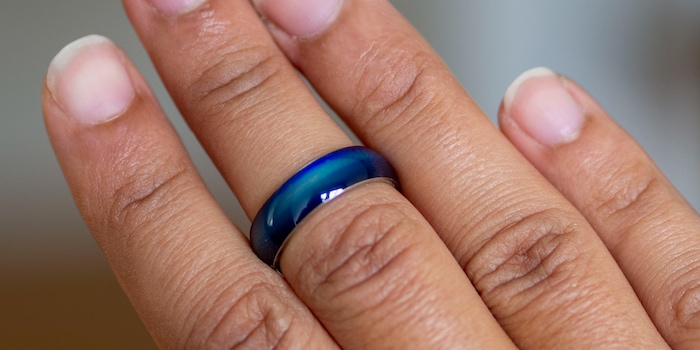
How does a mood ring know how I feel?
A piece of jewellery can make your feelings visible? Sounds too good to be true. Still, it’s worth looking into.
Something that’s monitored with the help of smart rings nowadays was tested out in an analogue way by child me, without any tech gadgets. Instead, I had a mood ring that was supposed to change its colour to my mental state. I compared what it showed me with the enclosed table and read off whether I was stressed, happy or relaxed.
My childish curiosity was as great as my trust in the mood ring’s predictions – until one day it tried to convince me that I was in love. Bah, never! From then on, my faith in its power was broken. Only one thing remained – I was fascinated by how the colour mysteriously changed.

The idea behind the predictions
The predictions with the colour scale aren’t all that far-fetched. Put simply, my body temperature could indicate whether I feel relaxed or stressed.
For example: when I sit on the couch and watch the same episode of Bob’s Burgers for the third time, my brain signals to my body: «Everything is relaxed, blood vessels remain open». The blood distributes heat evenly in all parts of the body.
If I’m then startled because I notice a massive furry spider in the room, my body regulates the blood flow in such a way that vital organs such as the heart and brain take priority. The small blood vessels in the hands and feet contract and cool down as a result.
When my body temperature changed, the colour of the ring would change and I could see from the table how I was doing.
But what’s going on here isn’t that simple. Body temperature doesn’t depend solely on your state of mind, but is determined by many different influences, such as air temperature.
How it changes colour
Even if the ring can’t really say anything about my mood, I’m fascinated by the chemical processes going on behind the colour change (page in German). First, a layer of liquid crystals consisting of a large number of organic molecular compounds is applied to the thermally conductive ring. What you can see at this point is that the crystals are solid in their initial state. Their molecules align themselves in a common direction and thus appear in a certain colour. If the temperature changes, the molecules change their orientation and reflect the light differently – and a new colour appears. As soon as the ring returns to its original temperature, the original colour also returns.
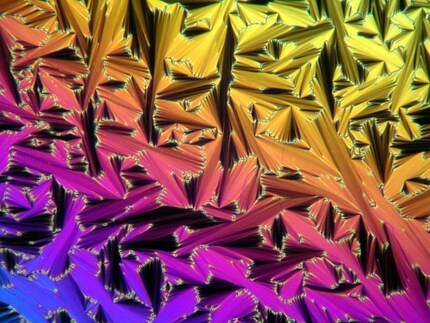
Source: Wikipedia @Minutemen
Not just rings which change colour
The process of temperature-induced colour change is called thermochromism and is used for various applications in everyday life. For example, magic cups reveal a new image when they’re filled with hot contents or special nail polishes change colour when hands are held under cold water. Children’s tableware works on the same principle, with the colour indicating when the food’s too hot and there’s a risk of burning.
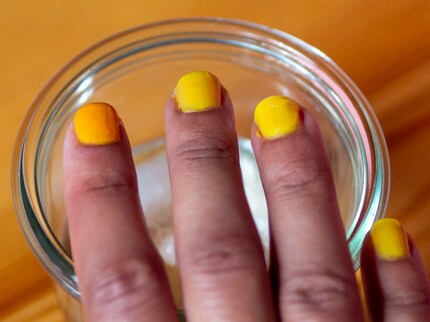
The only prediction I believe
Even if the ring’s a nice little gimmick, I still know best how I really feel. However, if it turns black, my body temperature is suspiciously cool, and if I stop moving, then you know: it might be serious.
How are you feeling today? Let us know in the comments.
Painting the walls just before handing over the flat? Making your own kimchi? Soldering a broken raclette oven? There's nothing you can't do yourself. Well, perhaps sometimes, but I'll definitely give it a try.
Interesting facts about products, behind-the-scenes looks at manufacturers and deep-dives on interesting people.
Show all
